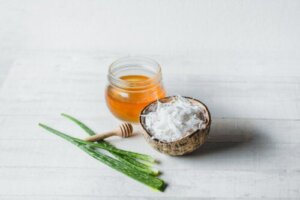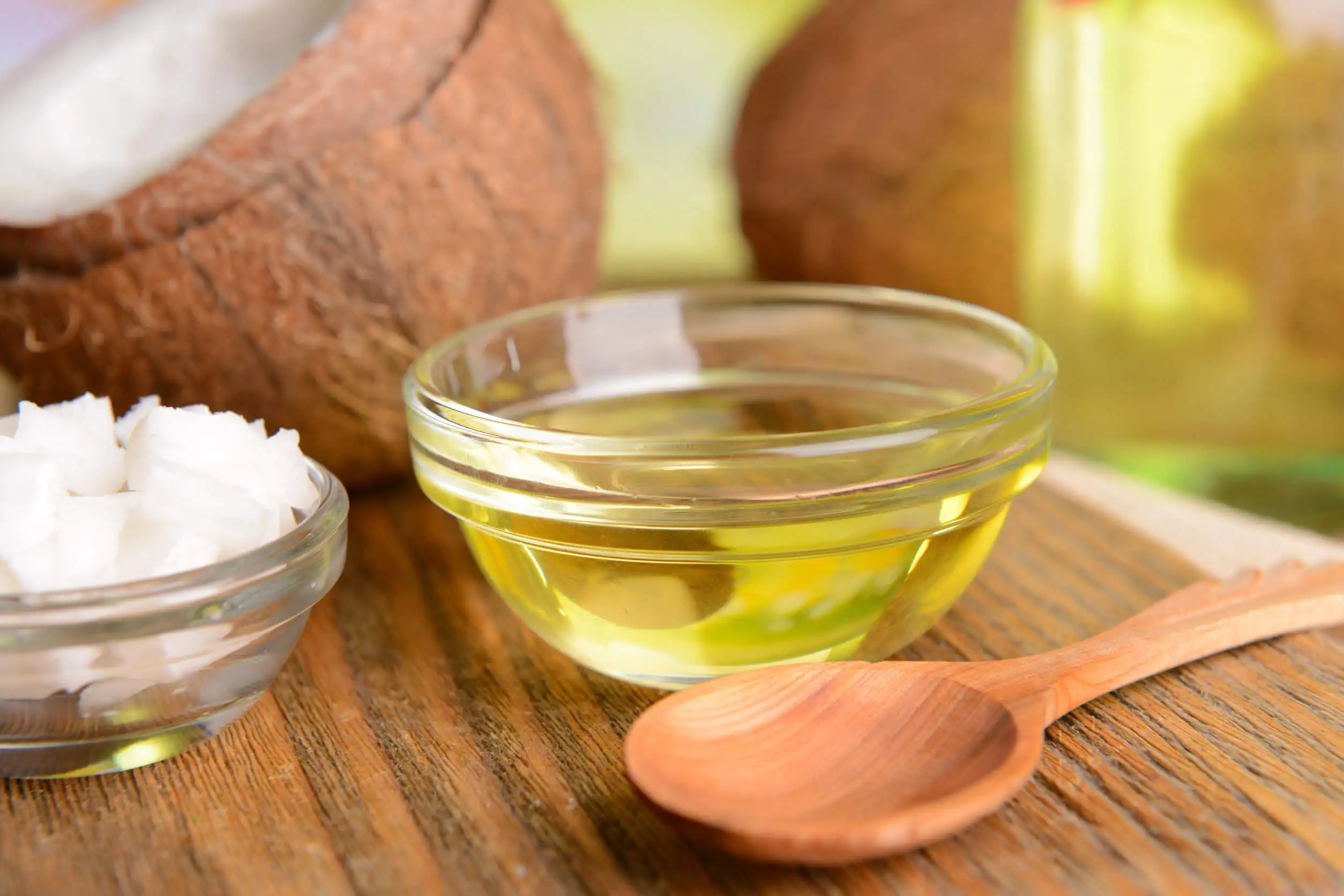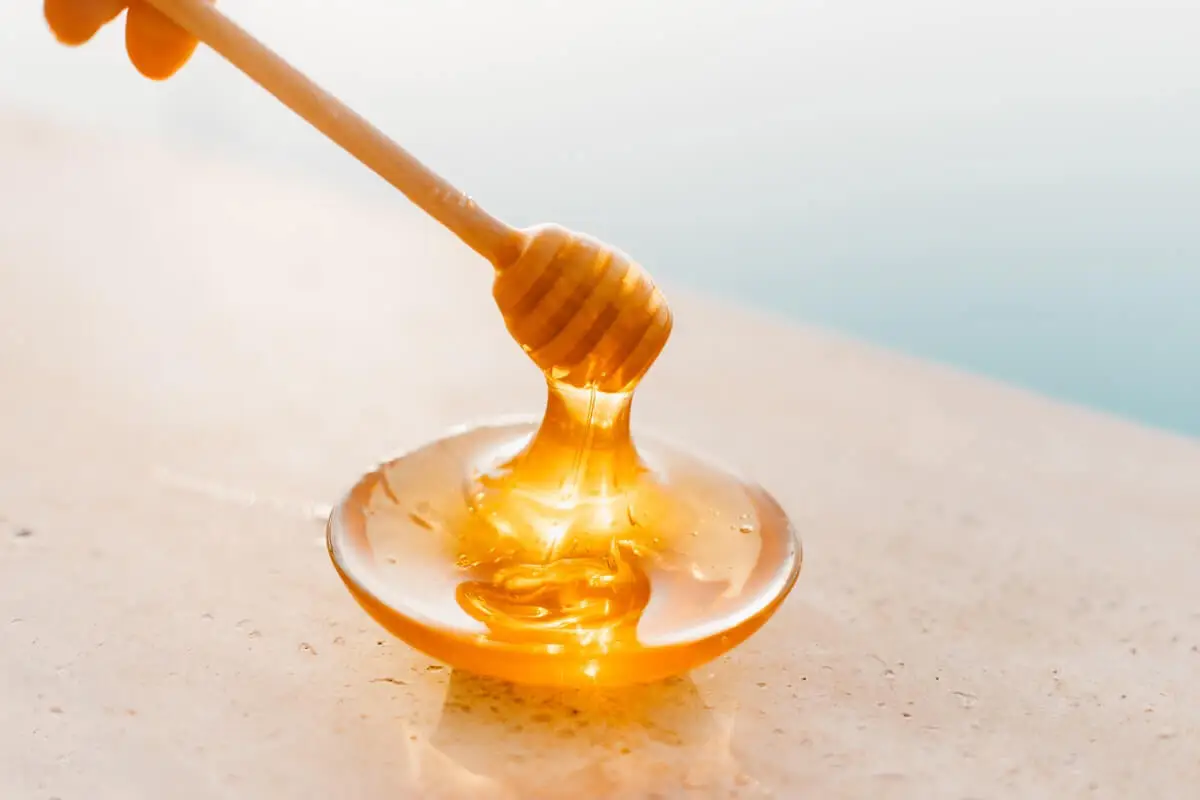How to Make a Honey Facial Cleanser at Home


Reviewed and approved by the nurse Leidy Mora Molina
The facial cleanser with honey is an interesting solution to maintain a healthy complexion. Not for nothing, honey is one of the most appreciated products in cosmetics.
On the other hand, if you do it at home, so much the better. Not only will you be sure to use natural and good quality products, but you will also save a lot of money. Likewise, you can combine it with other elements to enhance the benefits.
To make your facial cleanser with honey at home you will only need a few ingredients and a few minutes. In general, it works for all skin types, but it’s especially recommended for oily or acne-prone skin.
How to make a facial cleanser with honey at home
There are several ways to make a facial cleanser with honey at home. In principle, we are going to teach you how to make it in such a way that it’s suitable for all skin types and is reinforced with the properties of other products.
Ingredients
To make this facial cleanser with honey you will need the following ingredients:
- Virgin coconut oil: some studies show that this product helps treat various dermatological disorders. It soothes, reduces inflammation, and moisturizes.
- Apple cider vinegar: this product helps to block the symptoms of acne. It also helps reduce scarring.
- Tea tree oil: research has established that this product is very effective in combating mild to moderate acne. In addition, it does not have the irritating side effects of other elements, such as benzoyl peroxide.
The last ingredient is, of course, honey. Regarding the quantities, these elements should be used in equal parts.
Elaboration
This is the best part. To make this facial cleanser with honey you just have to mix all the ingredients until they become a uniform paste.
If the coconut oil is solid, heat it in a pan. Then place everything in a glass jar, cover it, and store it in a cool place.

We think you may be interested in reading this, too: How to Make a Good Homemade Face Mask to Clean Your Pores
Other alternatives to prepare
There is another facial cleanser with honey that is much easier to prepare, although it’s not as powerful as the previous one. In this case, you only need to use 3 tablespoons of honey and the juice of a lemon. Mix well and apply it on your face, massaging gently.
You have to leave it on for 20 minutes and then remove it with warm water. It’s recommended that you do this once a week.
This is considered a good option for skin with active acne. On the other hand, you could also make a honey soap. Here is how to do it.
Honey soap
This soap can be used for the face and the whole body. To make about 8 ounces you will need the following ingredients:
- Castile soap: ¼ cup.
- Honey: ¼ cup.
- Distilled, boiled, rose, or coconut water: ¼ cup.
- 1 teaspoon of skin-nourishing oil. It can be jojoba, almond, avocado, olive, apricot, argan.
- 12 drops of essential oil: according to your choice.
Mix everything together and stir slowly, making sure that the ingredients are well integrated. Then put it in a soap dispenser. Shake before using.
The properties and benefits of honey
Honey is a product with great cosmetic benefits. If you add to that the other ingredients, you are going to have an optimal quality facial cleanser.
Cleanser
Honey has enzymes with properties suitable for eliminating toxins, reducing oil in the pores, and cleansing the dermis. This makes it an excellent product to leave your skin free of impurities and with a fresh and fresh appearance.
Antibacterial and anti-acne
Honey is a natural antibiotic. That is why it has the ability to fight acne-causing bacteria, as well as other microorganisms that affect the skin.
Exfoliating
The high content of sugars present in honey makes it a great natural exfoliator. It helps remove dead cells and, at the same time, promotes skin regeneration.
Like this article? You may also like to read: How to Make a Garlic Face Mask to Detox and Rejuvenate Your Skin
Healing
This is one of the most appreciated cosmetic properties of honey. It helps fade marks on the skin and, in fact, is used to accelerate healing in wounds and burns.
Provides antioxidants
Honey contains vitamins C and E, so it fights the formation of free radicals. These can lead to premature skin aging.
Moisturizing
Honey has a number of components that are ideal for nourishing the skin. Apart from water, it has vitamins A, C, D, E, and K, along with minerals such as magnesium, calcium, and potassium. It has everything you need to nourish the skin and prevent dryness.

Tips for using a honey facial cleanser
Honey facial cleanser can be used first thing in the morning or before going to bed. Even if you do your morning and evening cleansing with this product, it’s no problem. It’s best to apply it directly to the face.
Just leave it on for 20 to 30 seconds before rinsing it with warm water. Afterward, dry your face very well. Keep in mind that this product is not a make-up remover, so you should remove your make-up before applying it.
It’s important to shake the bottle well. Sometimes the ingredients tend to separate, so it’s necessary to put them back together.
If you have any redness or irritation after applying the honey facial cleanser, stop for a week. If the problem persists, discontinue completely.
If you have a severe acne problem, do not use this product until you consult a dermatologist. The same advice applies if you notice any strange reaction.
All cited sources were thoroughly reviewed by our team to ensure their quality, reliability, currency, and validity. The bibliography of this article was considered reliable and of academic or scientific accuracy.
- Varma, S. R., Sivaprakasam, T. O., Arumugam, I., Dilip, N., Raghuraman, M., Pavan, K. B., Rafiq, M., & Paramesh, R. (2018). In vitro anti-inflammatory and skin protective properties of Virgin coconut oil. Journal of traditional and complementary medicine, 9(1), 5–14. https://doi.org/10.1016/j.jtcme.2017.06.012.
- Carson, C. F., Hammer, K. A., & Riley, T. V. (2006). Melaleuca alternifolia (Tea Tree) oil: a review of antimicrobial and other medicinal properties. Clinical microbiology reviews, 19(1), 50–62. https://doi.org/10.1128/CMR.19.1.50-62.2006.
- Hernández, A. M. M., & Urbón, J. M. G. (2016). Miel sobre piel. Proyecto Lumbre: Revista Multidisciplinar de Insuficiencia Cutánea Aguda, (11), 52-57.
This text is provided for informational purposes only and does not replace consultation with a professional. If in doubt, consult your specialist.








